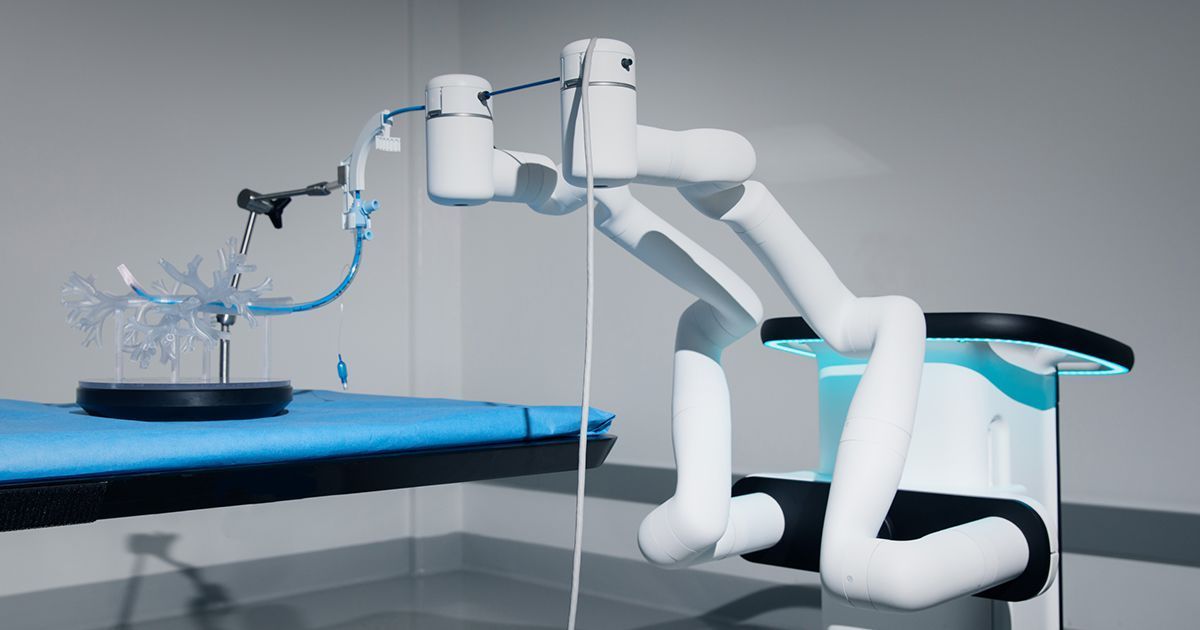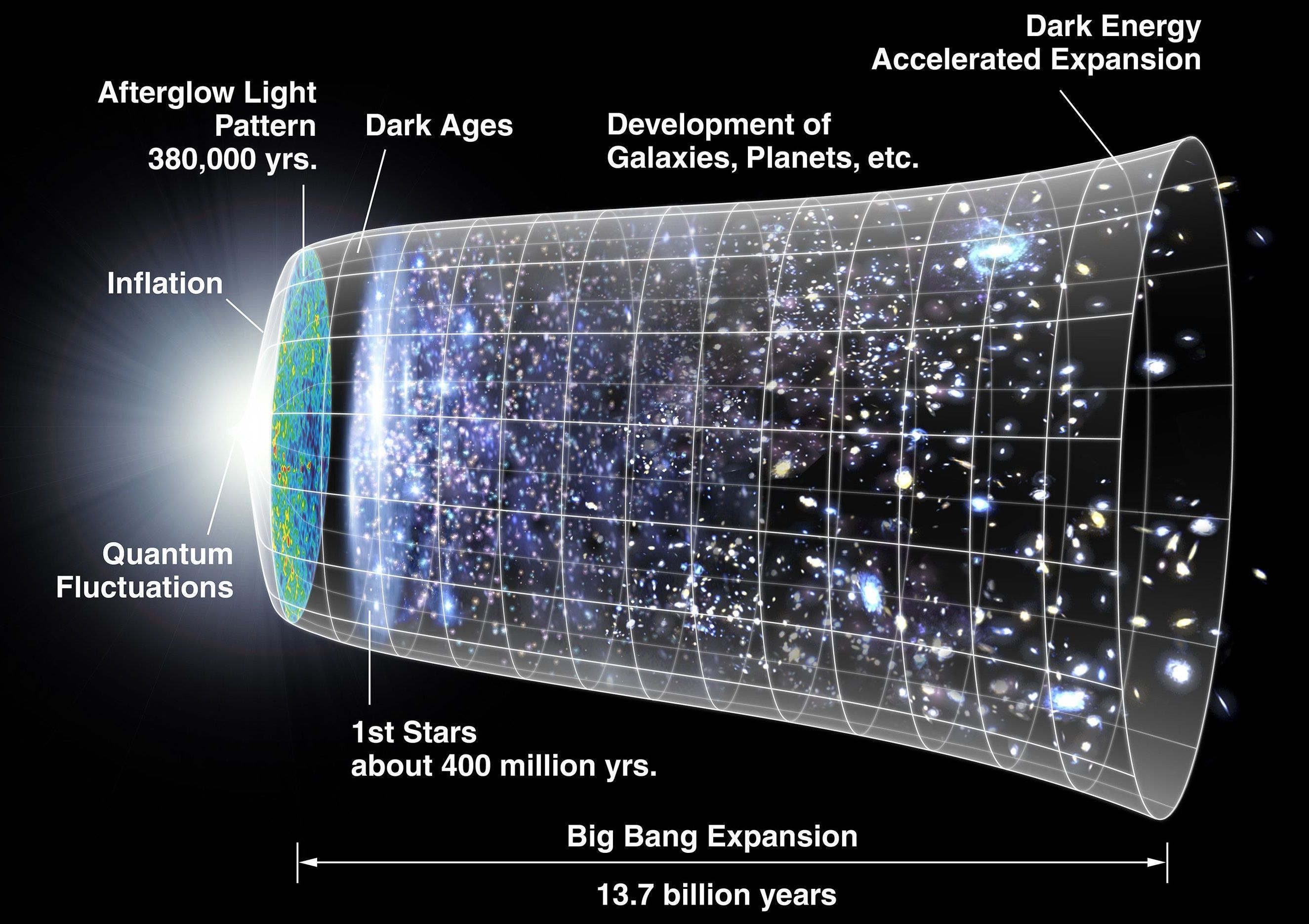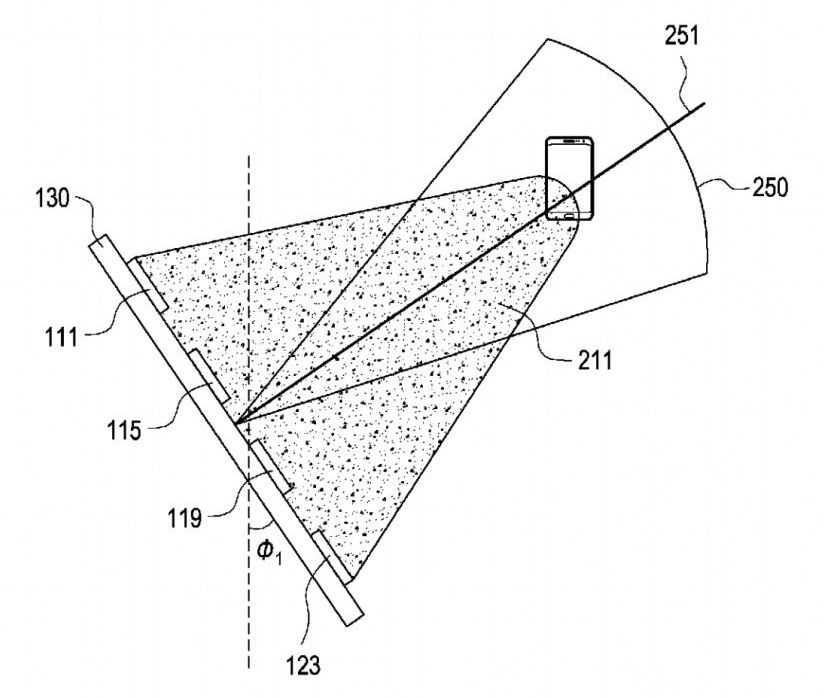Research throws light on how a general AI that can adapt and understand new situations might work.




Scientists at Rutgers University–New Brunswick and elsewhere are at a crossroads in their 50-year quest to go beyond the Standard Model in physics.
Rutgers Today asked professors Sunil Somalwar and Scott Thomas in the Department of Physics and Astronomy at the School of Arts and Sciences to discuss mysteries of the universe. Somalwar’s research focuses on experimental elementary particle physics, or high energy physics, which involves smashing particles together at large particle accelerators such as the one at CERN in Switzerland. Thomas’s research focuses on theoretical particle physics.
The duo, who collaborate on experiments, and other Rutgers physicists – including Yuri Gershtein – contributed to the historic 2012 discovery of the Higgs boson, a subatomic particle responsible for the structure of all matter and a key component of the Standard Model.

Rumors of commercial quantum computing systems have been coming hot and heavy these past few years but there are still a number of issues to work out in the technology. For example, researchers at the Moscow Institute Of Physics And Technology have begun using silicon carbine to create a system to release single photons in ambient i.e. room temperature conditions. To maintain security quantum computers need to output quantum bits – essentially single photons. This currently requires a supercooled material that proves to be unworkable in the real world. From the release:
Photons — the quanta of light — are the best carriers for quantum bits. It is important to emphasize that only single photons can be used, otherwise an eavesdropper might intercept one of the transmitted photons and thus get a copy of the message. The principle of single-photon generation is quite simple: An excited quantum system can relax into the ground state by emitting exactly one photon. From an engineering standpoint, one needs a real-world physical system that reliably generates single photons under ambient conditions. However, such a system is not easy to find. For example, quantum dots could be a good option, but they only work well when cooled below −200 degrees Celsius, while the newly emerged two-dimensional materials, such as graphene, are simply unable to generate single-photons at a high repetition rate under electrical excitation.
Researchers used silicon carbide in early LEDs and has been used to create electroluminescent electronics in the past. This new system will allow manufacturers to place silicon carbide emitters right on the quantum computer chips, a massive improvement over the complex systems used today.


The Samsung patent would allow you to charge your phone no matter where you are in the room.
Toyota is developing a device that would allow objects to turn invisible, or at least transparent. The Japanese car maker recently received a patent from the U.S. Patent and Trademark Office for a device meant to improve the visibility of drivers.
From cloaking devices that conceal spaceships, to Harry Potter’s hand-me-down disappearing blanket, or even the One Ring and its power to conceal its wearer, invisibility is a staple in science fiction and fiction in general. Scientists have been hard at work, however, to bring such a technology into reality. Joining the research and development of cloaking technology is Japanese car manufacturer Toyota.


Binance, the world’s largest cryptocurrency exchange by traded value, is seeking a fresh start in the Mediterranean.
The company, founded last year in Hong Kong, is planning to open an office in Malta, said founder Zhao Changpeng in an interview from Hong Kong. Binance will soon start a “fiat-to-crypto exchange” on the European island nation, and is close to securing a deal with local banks that can provide access to deposits and withdrawals, he said, without providing a timeframe.
“We are very confident we can announce a banking partnership there soon,” Zhao said. “Malta is very progressive when it comes to crypto and fintech.”

Astronomers spend their time gazing out into the Universe — and occasionally the Universe seems to peer right back! This image, a composite of data from the Atacama Large Millimeter/submillimeter Array (ALMA) and the NASA/ESA Hubble Space Telescope, shows a very rare cosmic sight: a pair of interacting galaxies that have taken on an ocular structure.
As the name suggests, some types of grazing encounters between galaxies create shapes that resemble the human eye. While galaxy collisions of this type are not uncommon, only a few galaxies with eye-like, or ocular, structures have been observed. The paucity of these features is likely due to their very ephemeral nature — ocular structures like these tend to only last for several tens of millions of years, which is merely the blink of an eye in a galactic lifetime.
These two galaxies are named IC 2163 (left) and NGC 2207 (right) — IC 2163 displays the ocular structure in this image. The duo lies approximately 114 million light-years from Earth in the direction of the constellation of Canis Major (The Greater Dog).